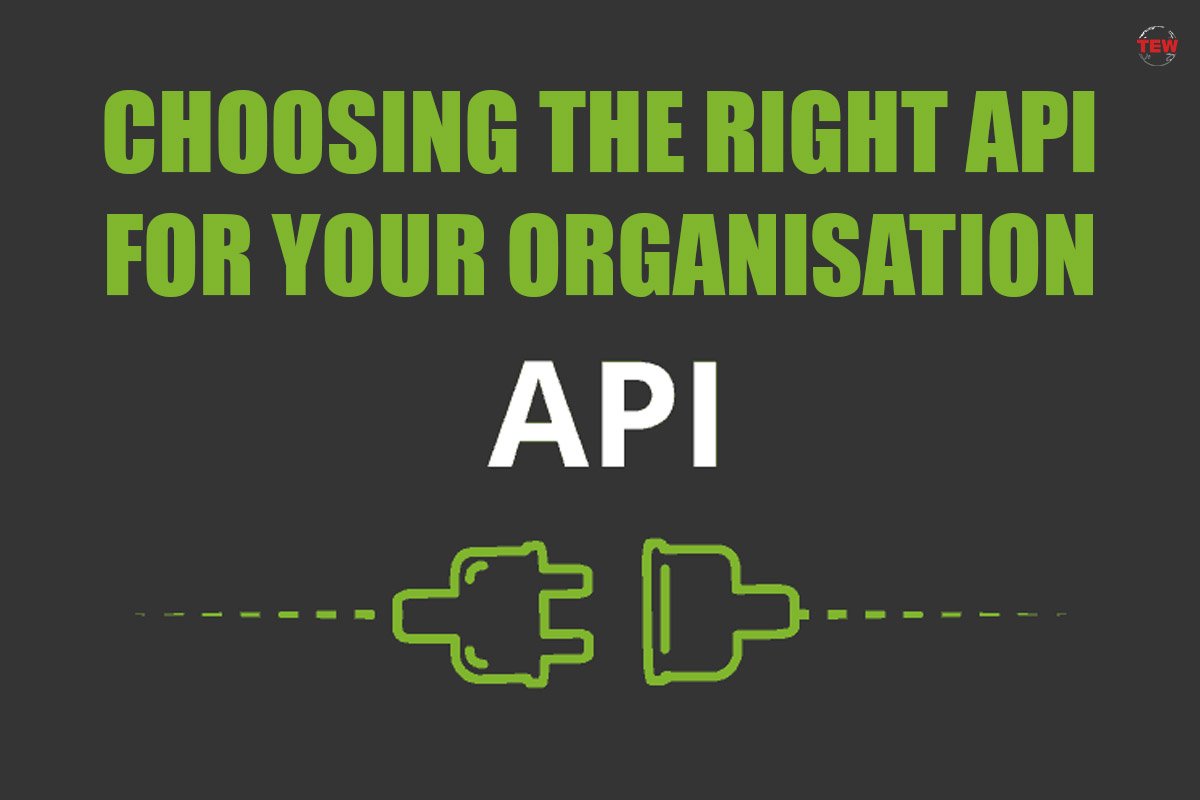- Get link
- X
- Other Apps
Choosing the Right API for Your Organization

Applications are connected through an application programming interface (API), which allows users to access an application. Every website and application uses an API in some fashion through an API gateway, which acts as a service entry point. Clients use APIs to communicate with your services, and you must pick a platform you can rely on.
The average number of APIs per business grew 82%, with over 90% of firms experiencing security issues with their APIs(application programming interface) in the past 12 months; API security is a major concern.
All the good things about APIs are also what make them prime targets for attackers. And that’s why companies need to secure their APIs
With the integration of APIs, the attack surface has grown, making APIs a lucrative target for attackers. To ensure and promote application programming interface (API) security, businesses need to consider several factors in choosing the right API factors. Modern companies are breaking ecosystem borders to develop new growth channels through solid API business strategies.
Although APIs are widely used, creating an API business strategy takes time and effort. It is possible to create, publish, maintain, monitor, and secure APIs and API endpoints.
Part of any API strategy is building effective API(application programming interface) security as well:
1. Documentation
It would take an entire article to analyze good documentation; however, several key indicators are needed. The temptation is to rely on a small number of code comments, generate documentation automatically from those comments, or use something like an open API specification as documentation that is “done.” This may be sufficient for straightforward projects, but more is needed because it only explains how to use the individual tools, not how to put them together to create something valuable.

Interactive documentation indicates that a provider cares more about assisting you in understanding how to use their API, even though it is optional (or that common). If built correctly, it enables you to work with your data and prototype while authenticated.
2. API(application programming interface) Limits
Many APIs have a request threshold per API Key or IP, especially those with data that is visible to the public. These restrictions are in place to stop abuse or, in some situations, to encourage you to upgrade your account. However, from the perspective of a developer, they increase complexity and overhead. API(application programming interface) could easily manage several queries from numerous users.
APIs must process many requests without overwhelming the system or interfering with other users. The rate-limiting method limits the volume of traffic that can pass through an API(application programming interface) gateway. We can guarantee that our API will continue to work properly even under heavy load by restricting the number of queries made within a given time frame.
3. Community & Support
You’ll require assistance when something goes wrong to get your questions answered. There are issues that only the API provider can assist you with, like API limitations, broken requests, timeouts, and everything in between. Has the service provider got a support forum? Is the neighborhood friendly and engaged?

What track record does the API(application programming interface) provider have for promptly and appropriately resolving issues? Keep in mind that clients of the API will see our company name. Therefore, these inquiries will impact our company’s use of the API’s services and your company’s reputation as a whole.
4. Data Format
In terms of programmatic request data formats, XML reigned supreme ten years ago. Since then, JSON has become a lot lighter and more user-friendly substitute. Some APIs continue to return data that has been URL encoded. JSON, based on JavaScript, has long been the industry standard for data representation formats for APIs.
It shares with XML the ability to be read readily by humans, which is one of its advantages, but it is also simpler to implement. Which format we select will be up to your business to decide.
5. Language Support
Having fast access to your preferred programming language’s help in the form of a Software Development Kit (SDK) may be essential, depending on how sophisticated the API(application programming interface) is. You save time using existing libraries when developing and debugging programs. The need for excellent documentation increases because you would be creating against it from the start if there is no language support.

Even better if a possible provider offers pre-built SDKs to match the programming language you use, making integration with the service with your application easier. An API(application programming interface) using a known architecture and following standardized patterns is necessary. Keep an eye out for API documentation that automatically creates “SDK” code that might not work with your current environment.
Conclusion
APIs make it much easier to share critical data and services across applications and platforms. As you’re developing your API strategy, don’t forget to include API security, with a focus on API discovery and runtime protection as the core elements. By combining both, you’ll enable innovation and security at the same time.
Mosopefoluwa is a certified Cybersecurity Analyst and Technical writer. She has experience working as a Security Operations Center (SOC) Analyst with a history of creating relevant cybersecurity content for organizations and spreading security awareness. She volunteers as an Opportunities and Resources Writer with a Nigerian based NGO where she curated weekly opportunities for women. She is also a regular writer at Bora.
Her other interests are law, volunteering and women’s rights. In her free time, she enjoys spending time at the beach, watching movies or burying herself in a book.
- Get link
- X
- Other Apps
Comments
Post a Comment